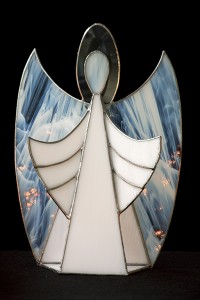November 2016

AMC Summer Workshop, White Mountains – Photo by Steve Fabricius
I have given over 100 talks and served at many workshops as a staffer or the director. As the director, my workshops have ranged from a weekend at the Appalachian Mountain Club facility in the White Mountains of New Hampshire to a two week Photo Safari in Tanzania.
This memo will help determine which is the best workshop experience for you.

Chesapeake City, MD Workshop
Through “Nat Geo Eyes”
Make sure that the photographic workshop that you are signing up for is centered on photography, and is not simply a tour that features photography. This means that there will be an on-site instructor who will be guiding you during your efforts.
One way to tell if this will be occurring is by examining the itinerary. If you will be out at dawn and stay through twilight (the golden hours), you are on the right track. If the workshop includes lunches at 3 star Michelin restaurants, you might look elsewhere.
Fieldwork is essential. A classroom-styled workshop won’t cut it unless it is about a computer application. You should look for workshops that combine shooting with critiques of your work – real-time examinations – on a large screen – of what you are photographing during the workshop.

Leopard in Baobab Tree – Tanzania Safari PhotoWorkshop
Research the instructor. Would you like to emulate her style of photography? What is their teaching experience? This is more important than the location of the workshop. Are you taking the course to learn or is it just to have the instructor take you to his favorite spots? Look up testimonials from previous attendees, but realize that most instructors won’t publish the unfavorable ones.
At most workshops, the instructor is tied to an organization that coordinates the logistics. This includes payments, indemnities, finding guides and outfitters, transportation, etc. Major brands tout their abilities to deliver. Sometimes this just means that they get a cut for their name and marketing while local tour companies do all the work. You’ll pay both.
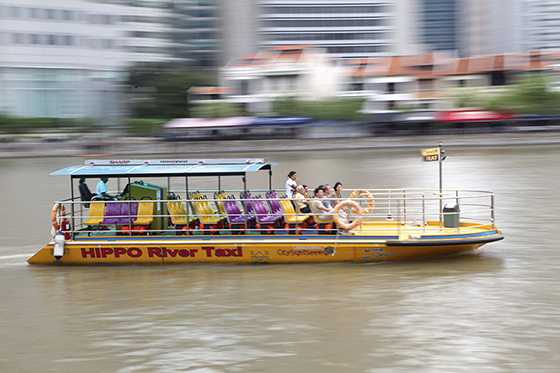
River Taxi, Singapore Workshop – Photo by Tony Three
Look for workshops that have 10 clients or fewer per instructor. You are looking for personalized instruction and more than ten workshoppers will diminish the experience. Many workshop leaders line up their students (using tripods) to train their cameras on a subject like an old mill. Everyone gets the same shot. See if you can find a workshop where you determine the subject matter and the instructor helps you to achieve the photographic results you want.

Bull Elk – Yellowstone Photo Workshop
Cost can be an issue, especially for international workshops. Compare prices on the Internet. Sometimes operators tout a ten-day tour, but upon examination you find that the first and last days are travel days – no photography.
You do not have to go around the world to hone your skills. It is important to choose a workshop that features a specialty that is of interest to you (e.g. wildfowl, street photography, natural wonders, etc.).
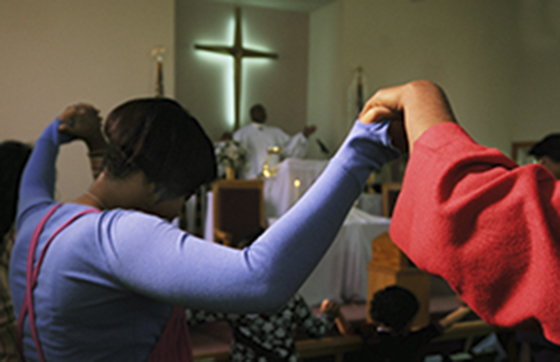
AME Church, Chesapeake City, Maryland Photo Workshop
This newsletter also serves to notify you that I will not be organizing my own workshops in the future. The workshop field is quite crowded as freelance editorial photographers are looking for ways to expand their income streams. In addition, it is difficult to compete with large known entities that have many workshops and can scale up their marketing for all of them.
In 2016, I had to cancel several workshops for lack of participation and several others had the bare minimum of attendees. I feel badly about those students who signed up for one of my workshops that ultimately had to be cancelled.
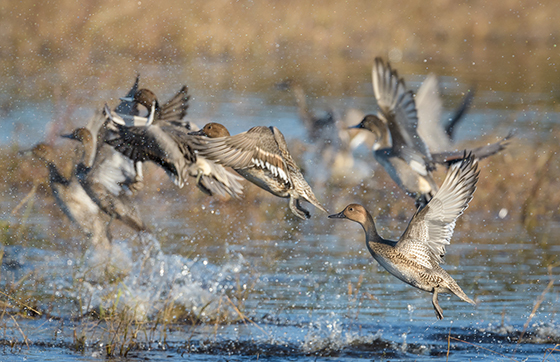
I will continue to lead workshops, but not organize them. In the future, if you and five of your friends want to photographically explore an area with my instruction, contact me and I will set it up. I also will give personalized instruction for a fee. And you may see my name as a workshop leader with organizations such as the Smithsonian or National Geographic Expeditions.
My newsletter is being renamed “Madden’s Memo”, since in the future it will not be a monthly missive. In the past, it appeared each month to remind recipients of the current slate of workshops. I thank you for your interest in the newsletter. You are very loyal. I only have had three “unsubscribes” in almost two years of publication! But alas, few of you signed up for my workshops.
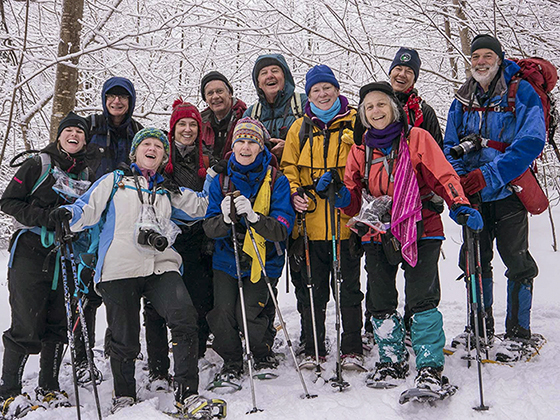
AMC Winter Workshoppers in the White Mountains – Photo by Tim Linehan
I am redesigning my website to tout my photography. I tweet an image every day as a personal diary and they will appear on my homepage. I also sell my pictures on the site and at National Geographic Creative and give lectures to interested groups for an honorarium.
I photograph on assignment and you will continue to see my images in publications and on Instagram and Facebook.
Keep shooting!

